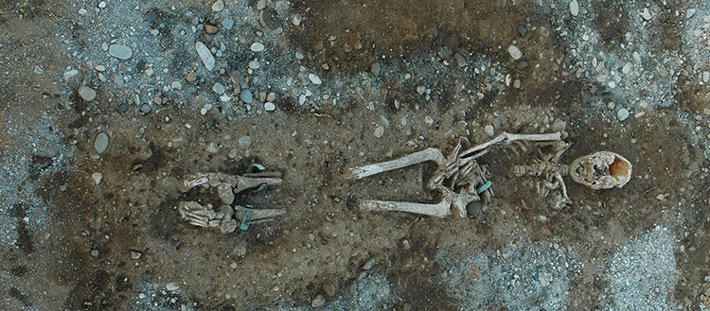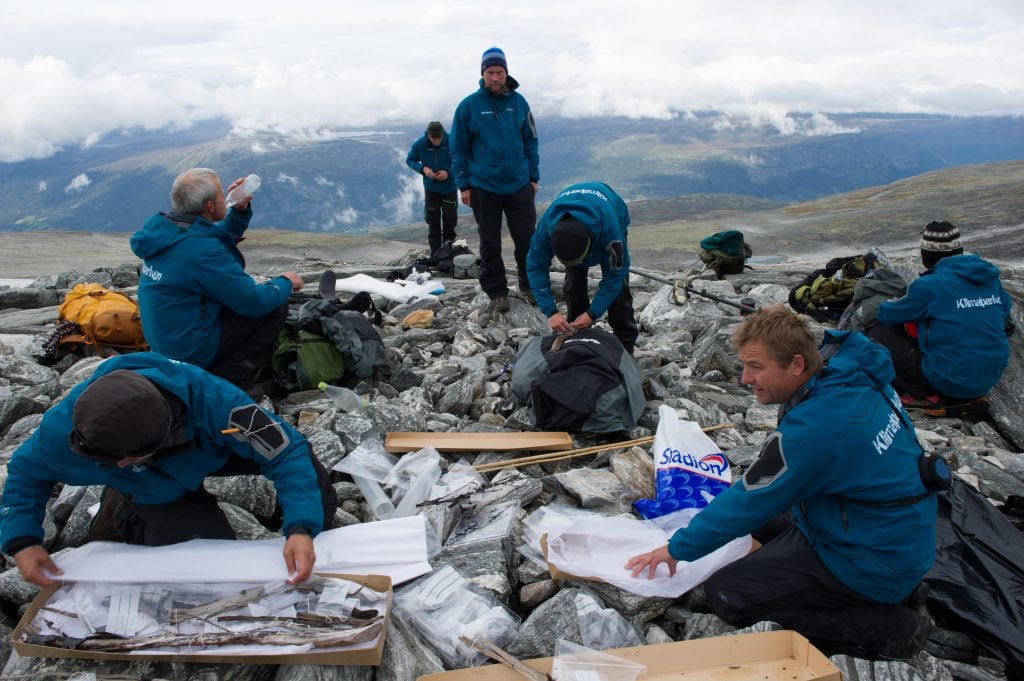
During this time, Earth's inhabitants would have been subjected to some dazzling displays -- northern and southern lights, caused by solar winds hitting the Earth's atmosphere, would have been frequent.
The reversal of Earth's magnetic poles, along with a temporary breakdown of the world's magnetic field about 42,000 years ago, could have triggered a raft of environmental changes, solar storms and the extinction of the Neanderthals, according to a new study.
The Earth's magnetic field protects us, acting as a shield against the solar wind (a stream of charged particles and radiation) that flows out from the sun. But the geomagnetic field is not stable in strength and direction, and it has the ability to flip or reverse itself.
Some 42,000 years ago, in an event known as the Laschamp Excursion, the poles did just that for around 800 years, before swapping back -- but scientists were unsure exactly how or if it impacted the world.
Now, a team of researchers from Sydney's University of New South Wales and the South Australian Museum say the flip, along with changing solar winds, could have triggered an array of dramatic climate shifts leading to environmental change and mass extinctions.
Read the rest of this article...


